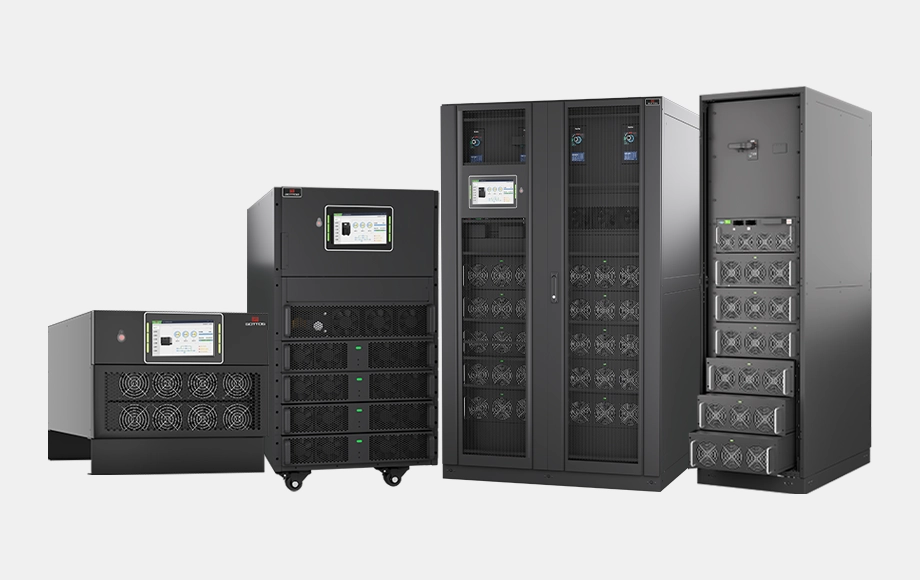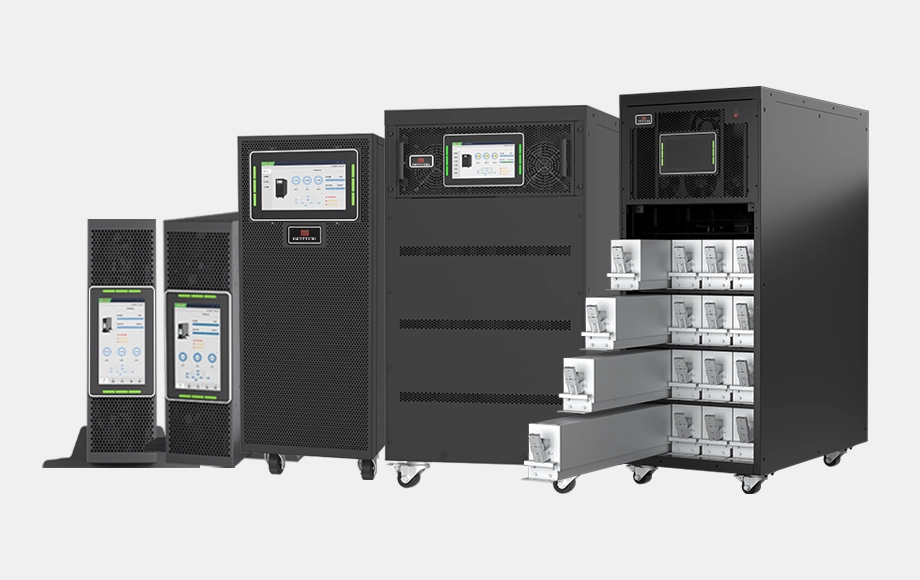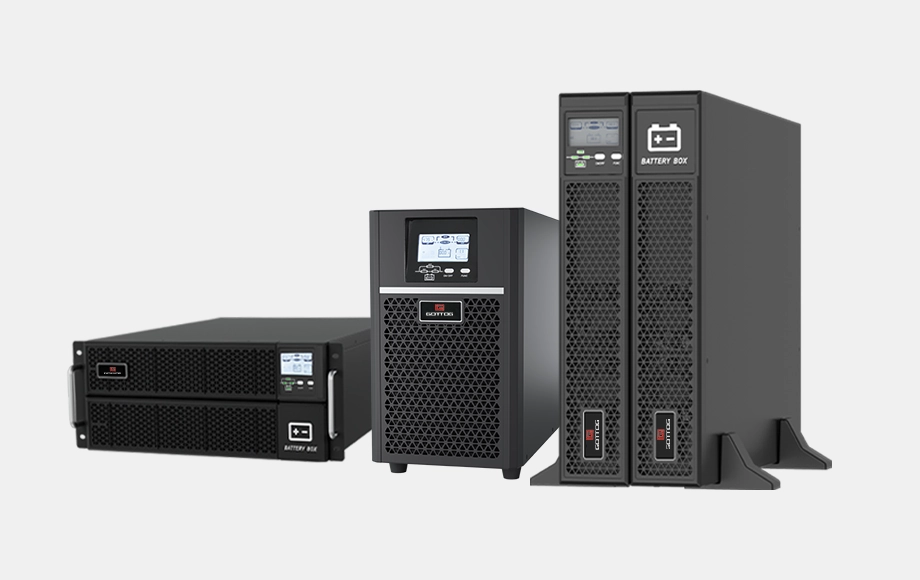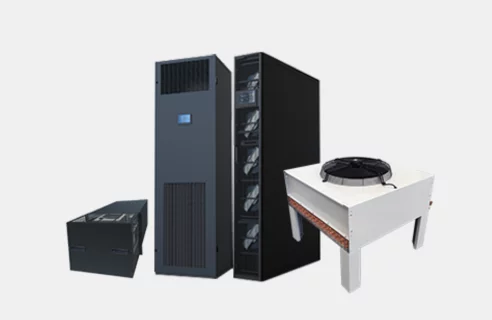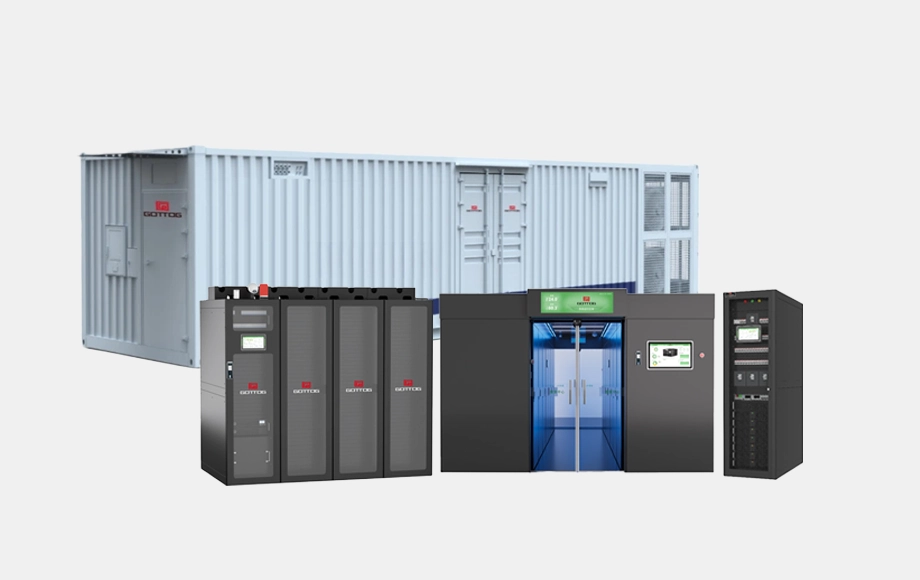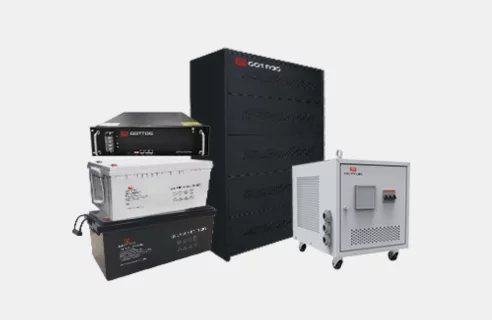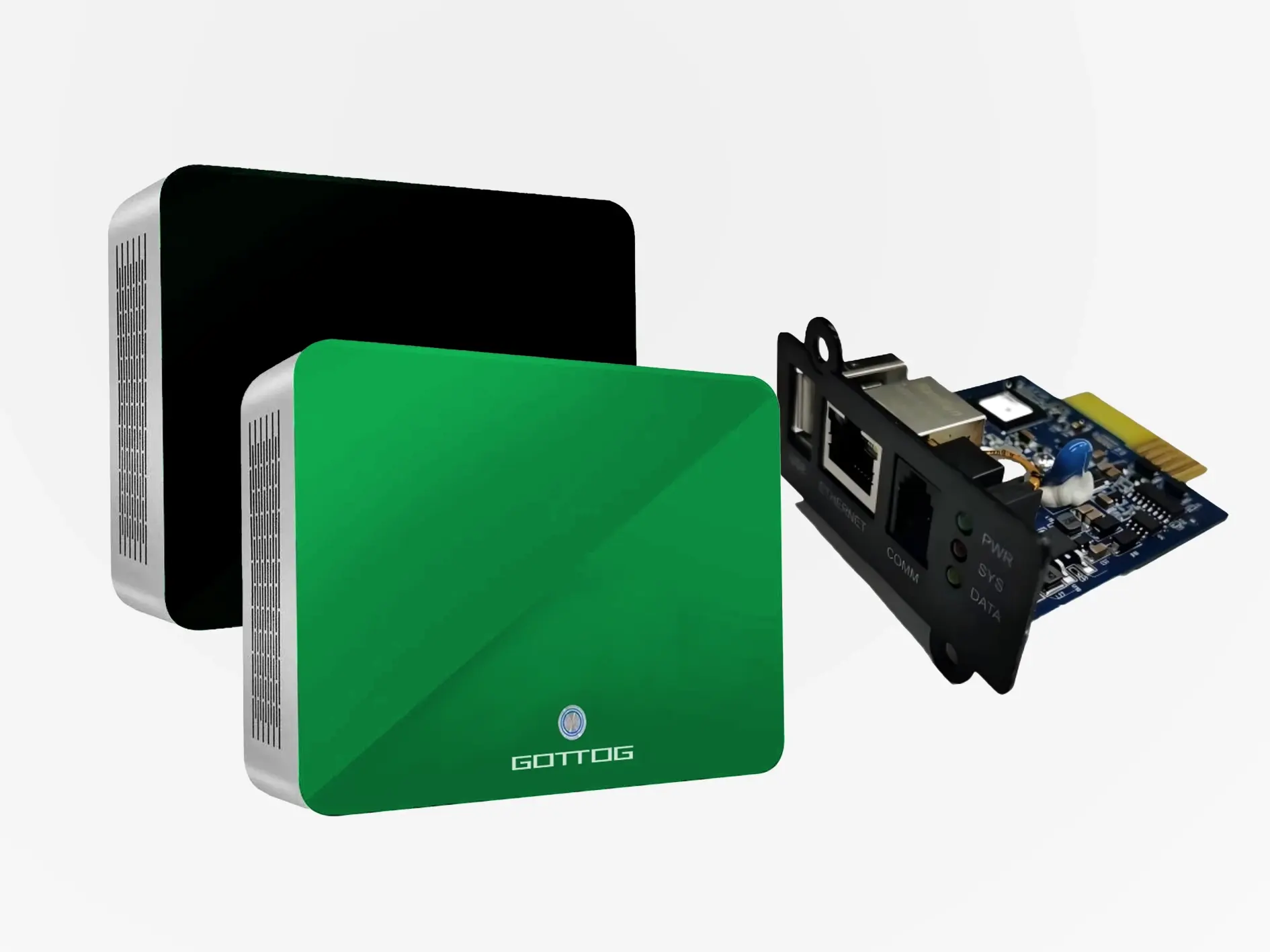As the world becomes increasingly digital, data centers have become the backbone of modern infrastructure—powering everything from streaming services and financial transactions to cloud computing and artificial intelligence. With workloads becoming denser and more power-hungry, one question looms large: How do we efficiently manage heat within the data center environment?
Traditionally, air cooling has been the standard method for thermal management. However, liquid cooling has emerged as a compelling alternative, especially in high-performance computing environments. In this article, we compare both methods in terms of efficiency, cost, scalability, and future readiness—ultimately addressing the key question: Which technology is better positioned to lead the next generation of data centers?
Understanding the Fundamentals
Before diving into performance and economic comparisons, let’s clarify how these cooling methods work.
- Air Cooling: This technique relies on circulating cool air through the data center to remove heat generated by servers and IT equipment. Components such as Computer Room Air Conditioning units, fans, and raised flooring are common in this setup.
- Liquid Cooling: This method uses liquid—typically water or a dielectric coolant—to absorb and remove heat directly from heat-generating components. It can be implemented in several ways: direct-to-chip cooling, rear-door heat exchangers, or full immersion cooling.
Advantages of Air Cooling
1. Widespread Adoption and Familiarity
Air cooling has been the industry standard for decades. The operational knowledge base, vendor ecosystem, and support infrastructure are all well-established. This reduces complexity and risk for many organizations, especially those with existing air-cooled environments.
2. Lower Initial Capital Expenditure
For small to medium-sized facilities, air cooling remains a cost-effective choice. Equipment such as fans and computer room air conditioning units are relatively inexpensive and readily available, and their installation doesn’t require significant alterations to existing systems.
3. Simpler Maintenance and Repairs
Air cooling systems are typically easier to monitor and maintain, with fewer specialized components involved. Technicians trained in heating, ventilation, and air conditioning or facility management can often handle most issues without the need for specialized certifications.
Limitations of Air Cooling
1. Energy Inefficiency at High Loads
Air is a poor conductor of heat compared to liquids. As server density increases, air cooling systems require larger fans, more airflow, and higher energy consumption to maintain target temperatures—leading to higher operating costs and increased PUE (Power Usage Effectiveness).
2. Limited Scalability
There is a thermal threshold beyond which air cooling becomes impractical. High-density computing environments such as AI training clusters or HPC (high-performance computing) nodes may exceed the cooling capacity of traditional air-based systems.
3. Space Constraints
Maintaining sufficient airflow requires additional physical space, including raised floors and large ducting systems. This reduces the overall efficiency per square meter of the data center.
Advantages of Liquid Cooling
1. Exceptional Heat Transfer Efficiency
Liquid cooling delivers superior thermal performance by leveraging the high specific heat capacity of liquids, which can be up to 3,000 times greater than that of air. This enables liquid systems to rapidly absorb and dissipate large volumes of heat from high-performance computing (HPC), artificial intelligence (AI), and edge computing workloads.
As modern data centers transition toward densely packed racks running resource-intensive tasks, traditional air systems often struggle to keep up. Liquid cooling provides a more direct and efficient heat removal path, typically using cold plates or immersion techniques to transfer heat directly from processors to the cooling medium. This not only ensures stable system performance, but also extends the lifespan of sensitive hardware by maintaining optimal operating temperatures.
2. Lower Energy Costs
By eliminating or greatly reducing the reliance on CRAC (Computer Room Air Conditioning) systems, liquid cooling significantly cuts energy consumption. Unlike air-cooled setups, where chilled air must circulate across large rooms and around obstacles, liquid cooling brings thermal regulation closer to the source of the heat.
This proximity reduces energy waste and allows operators to achieve much lower PUE (Power Usage Effectiveness) ratings, often below 1.2. Over time, these gains translate to major cost savings on energy bills—particularly beneficial for hyperscale data centers or colocation providers operating in regions with high electricity prices or carbon reduction mandates.
3. High-Density Rack Support
One of the most compelling advantages of liquid cooling is its ability to support extremely high power densities, commonly 30–60 kW per rack, and even higher in some specialized installations. In contrast, traditional air systems often top out at 15 kW per rack before requiring substantial upgrades.
This makes liquid cooling the preferred solution for space-constrained environments, where every square meter of white space must be optimized. Whether for a Tier IV data center or a compact edge module, liquid cooling enables the deployment of more compute power per unit of space, increasing ROI on infrastructure investments and allowing for more scalable capacity planning.
4. Sustainability and Environmental Impact
Liquid cooling systems contribute directly to green data center goals, offering enhanced energy efficiency and lower carbon footprints. By minimizing the need for large-scale air movement, they reduce indirect emissions and support higher efficiency ratings for LEED and other green building certifications.
Moreover, many modern systems use closed-loop or dielectric fluid designs, which reduce water waste and avoid the need for harmful refrigerants. These systems are non-conductive, non-toxic, and recyclable, making them an environmentally safe choice.
As ESG (Environmental, Social, and Governance) compliance becomes a critical metric for enterprise IT decisions, liquid cooling stands out as a future-proof and sustainable investment.
5. Reduced Noise and Airflow Requirements
With fewer fans, blowers, and moving parts, liquid-cooled environments are typically quieter and more stable than air-cooled ones. This results in lower mechanical wear and tear, fewer vibration-related failures, and improved working conditions for on-site personnel.
In some configurations, even the need for raised floors or overhead ductwork can be reduced or eliminated, further simplifying data center design. The overall system becomes more streamlined and resilient, lowering the total cost of ownership over the system’s lifecycle.
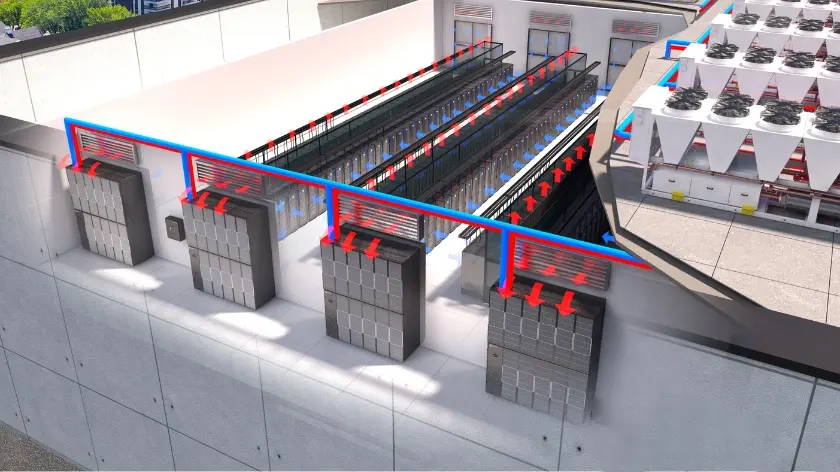
Challenges of Liquid Cooling
1. Higher Initial Investment
The infrastructure for liquid cooling—such as pumps, cold plates, cooling distribution units (CDUs), and specialized plumbing—requires a higher upfront cost compared to air cooling systems.
2. Maintenance Complexity
Liquid cooling systems require specialized knowledge to manage, especially when dealing with immersion fluids or ensuring leak-proof operation. Skilled personnel and proper training are essential to prevent costly failures.
3. Industry Readiness
While leading tech companies have adopted liquid cooling, many legacy data centers and smaller operations still lack the infrastructure or confidence to make the shift. Adoption is growing, but the pace is uneven across sectors.
The Verdict: Who Wins?
While air cooling is not going away anytime soon—especially for traditional data center environments—liquid cooling is undeniably the frontrunner for next-generation computing. The exponential rise in compute density, along with ESG-driven operational mandates, positions liquid cooling as a more sustainable and cost-effective long-term solution.
In the coming years, expect to see more hybrid deployments, where air and liquid cooling coexist depending on application needs and facility design. However, for organizations looking to future-proof their infrastructure, investing in liquid cooling is a strategic imperative.
Gottogpower’s Perspective
At Gottogpower, we recognize the growing complexity of data center cooling needs. Whether your facility still relies on advanced air cooling systems or you’re planning a transition to high-efficiency liquid solutions, our engineering team can help tailor a scalable, cost-effective strategy.
We offer power and cooling solutions for hyperscale, enterprise, and edge deployments, with modular designs and intelligent controls that align with both current performance and future expansion.
Reach out to GOTTOGPOWER today and let our engineers recommend the optimal solution for your specific environment.
Let’s future-proof your data center—starting with the right cooling strategy.

